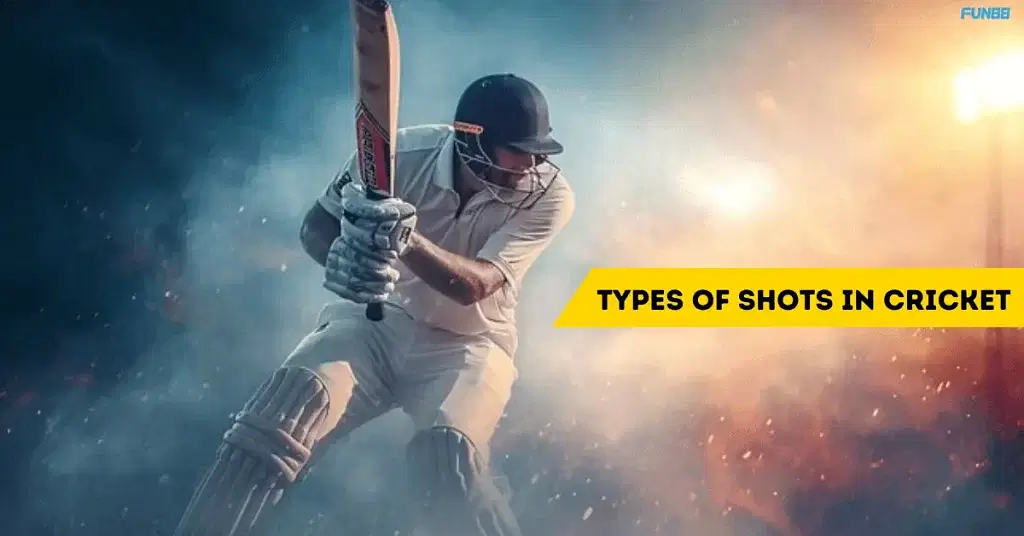Cricket is a game in which you experience a skilful battle between bat and ball. Bowlers try to deceive the batter by showcasing their art, whereas batters manoeuvre the ball in different ways called cricket shots. There are numerous types of shots in cricket that are played depending on the delivery and the batter’s instinct.
Understanding and perfecting a diverse range of shots is paramount in batting—not only to counter the varied deliveries from bowlers but also to dismantle different field settings. The art of batting transcends simply meeting the ball; it involves decision-making under pressure and seizing opportunities within split seconds.
Cricket shot execution has evolved with formats ranging from gruelling Tests to explosive T20s. Batters must display versatility, adapting to situations while harnessing conventional strokes and modern improvisations. Whether you’re stepping into the shoes of Sunil Gavaskar, embracing precision, or channelling Virat Kohli’s aggressive flair, mastering cricket shots is key to success.
Front Foot Shots in Cricket: Key Techniques
When batters move confidently forward toward the ball, they execute front-foot shots. These strokes are particularly effective against deliveries pitched up to the batter, ensuring control and precision through strategic foot placement and timing.
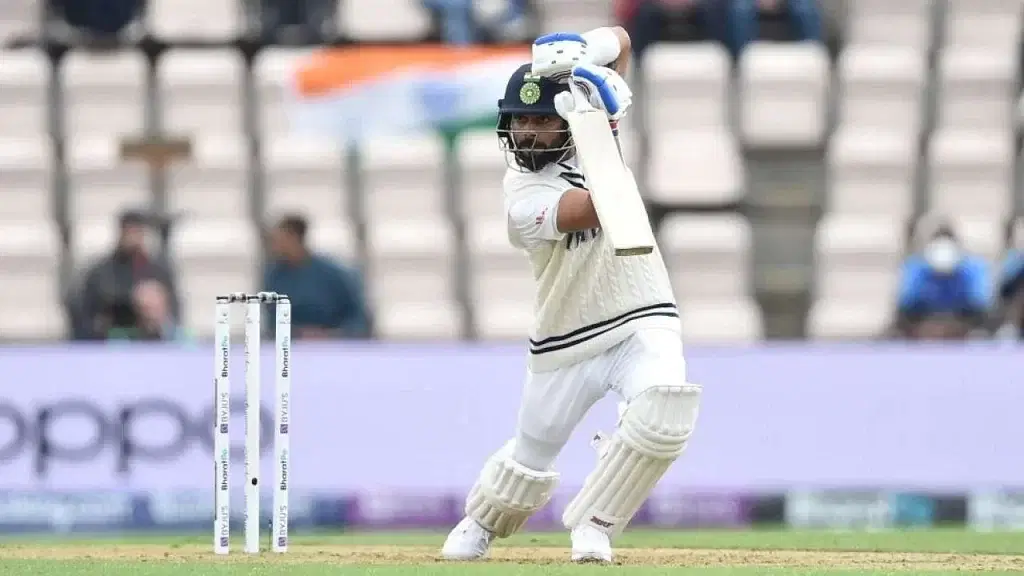
1. The Cover Drive
Elegant and authoritative, the cover drive is a stroke cherished for its grace. Played to a full-length delivery outside the off stump, the batter leans forward, aligning the bat with the front pad. The ball is driven along the ground between cover and mid-off through a fluid motion. Mastery of this shot demands precision and balance, capturing both adept timing and foot movement. It is one of the most elegant shots in cricket. Sachin Tendulkar, Kumar Sangakkara, Marcus Trescothick, and Virat Kohli are a few names that are known for their marvellous cover drives.
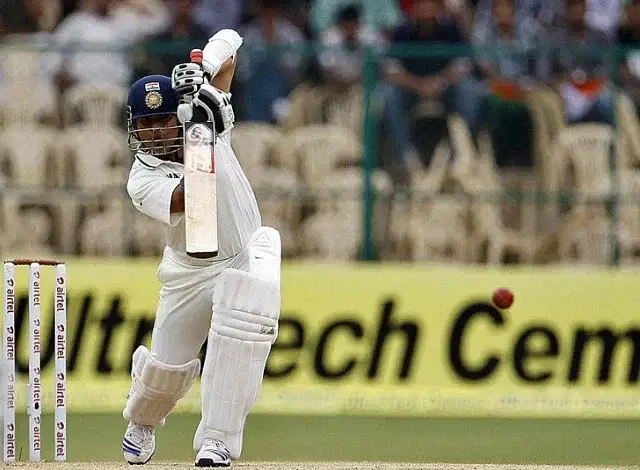
2. The Straight Drive
Revered as the quintessentially pure batting shot, the straight drive showcases flawless technique. Executed to a ball pitched right up to the stumps, the batter extends the bat directly past the bowler. With head still and eyes focused, this stroke exudes confidence, propelling the ball past the bowler with minimal risk.
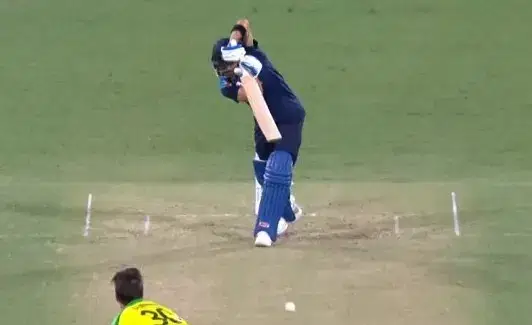
3. The On Drive
Less common yet equally vital, the on drive targets deliveries on the middle and leg stumps. Dominated by a tactful wrist action, this stroke sends the ball between mid-on and midwicket. For those aiming to master it, focus on weight transference and precise wrist positioning is essential. Virat Kohli, Yuvraj Singh, Gundappa Vishwanath, Marvan Atapattu, Mohd Yusuf, Gautam Gambhir, Sachin Tendulkar, and VVS Laxman have dominated the bowlers with this shot in their respective careers.
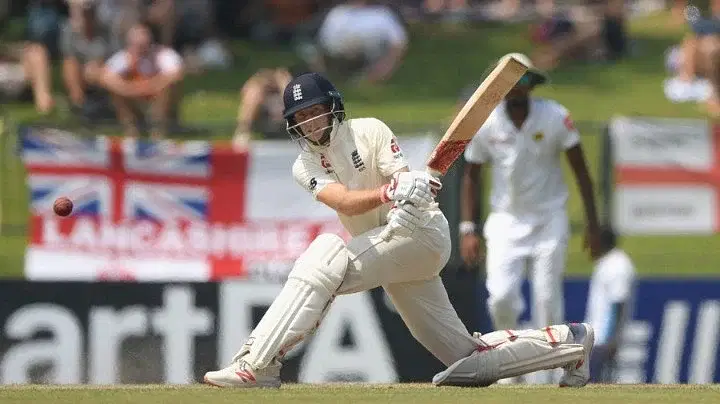
4. The Sweep Shot
While traditionally played off-spinners, the sweep is a versatile stroke essential for countering low-bouncing deliveries. Kneeling on one knee, the batter smothers the ball’s spin, directing it toward square leg. This stroke combines aggression with caution and can be pivotal in rotating the strike consistently.
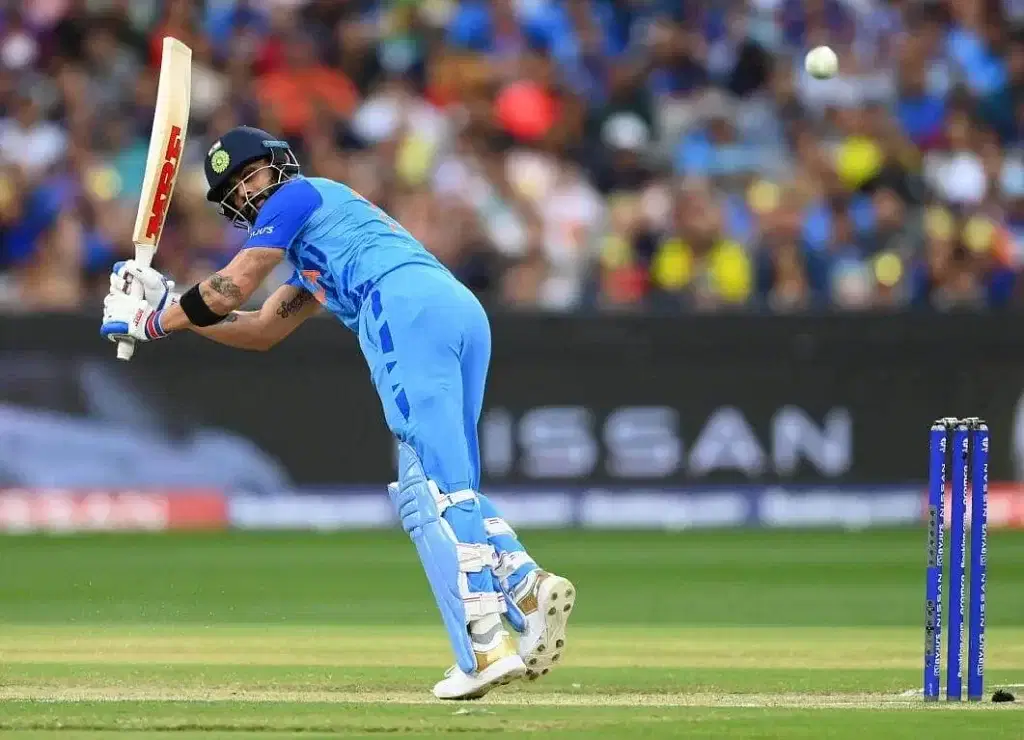
5. The Flick
Often regarded as a wristy delight, the flick capitalises on the batter’s ability to manoeuvre deliveries angling onto the pads. With adept wrist strength, the ball is worked through midwicket or fine leg, transforming seemingly innocuous deliveries into boundaries.
Back Foot Shots in Cricket: Mastering the Basics
A versatile set of strokes begins when the batter moves appropriately onto the back foot upon delivery. Ideal against short-pitched deliveries, backfoot shots demand acute reaction timing and quick reflexes. Mastery of these strokes opens scoring opportunities even when bowlers test with pace and bounce.
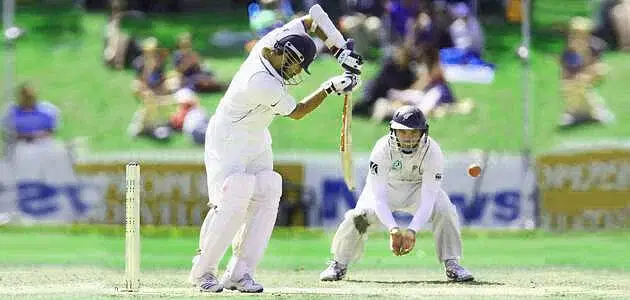
1. The Back Foot Defense
A defensive rock, the back foot defence offers protection against rising deliveries. The batter ensures compactness and control by moving back and playing the ball under the eyes, neutralising threats with minimal risk.
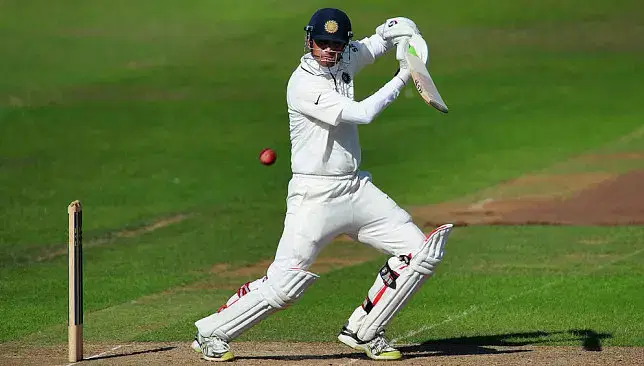
2. The Square Cut
Unleashing power and precision, the square cut is an attacking stroke played to a short and wide delivery outside off stump. Skillful punch through the cover point ensures expeditious scoring. Key elements include a decisive back-and-across movement and refined hand placement for control.
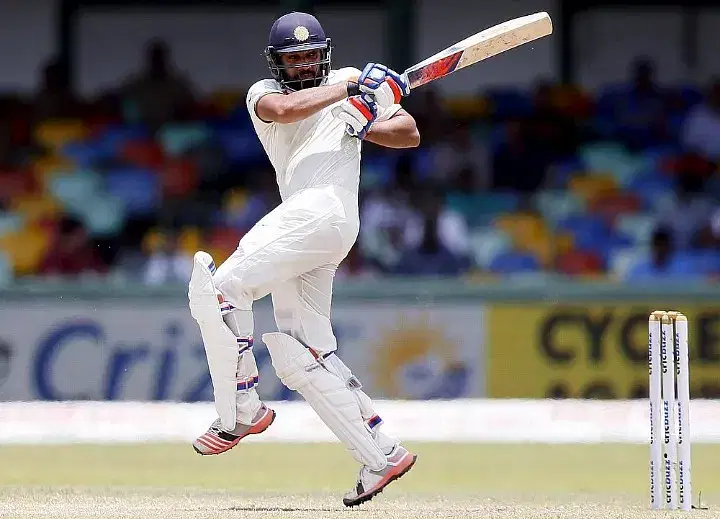
3. The Pull Shot
A display of aggressive flair, the pull shot embodies batting technique combining bravery with precision. The batter swings horizontally and is ideal for combatting short balls and dispatching deliveries to midwicket or backward square leg. Harnessing body rotation and eye-hand coordination is vital for its successful execution.

4. The Hook
Although riskier than the pull, the hook shot targets short deliveries bound for the batter’s head. Requiring utmost focus, it’s executed rapidly, directing the ball toward the fine leg. Mastery necessitates impeccable timing and unwavering confidence to tackle rising bouncers safely.
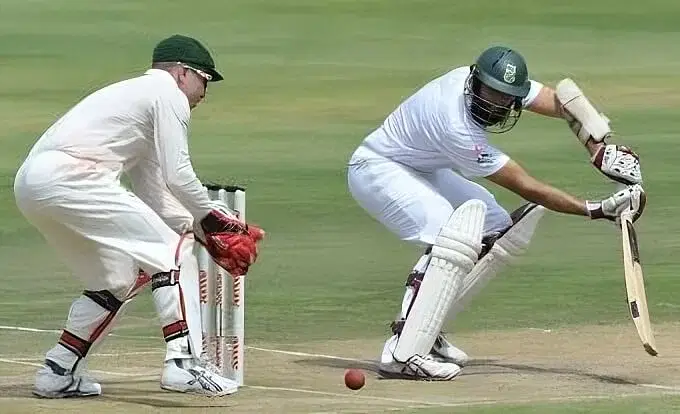
5. The Late Cut
Workmanlike, the late cut scores delicately behind square on the offside of slower deliveries or spin. Often, a last-second adjustment exemplifies silken touch and precision, such as feathering balls through the slips or past the keeper.
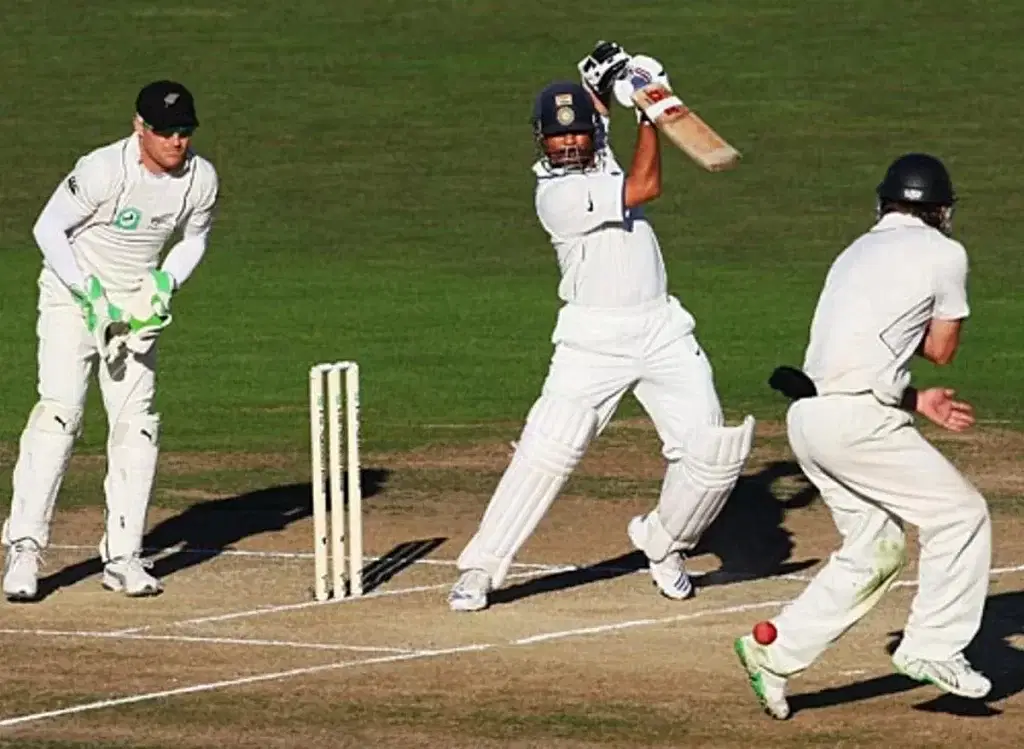
6. The Back Foot Punch
Akin to the square cut yet played slightly straighter, the back foot punch mingles power with tactical placement, effectively delivering runs from punching short-of-length deliveries. With effective weight transfer, your technique requires seamless balance and appropriate angle control.
Related Read: What is Agriculture Shot in Cricket?
Classic Cricket Shots Every Player Should Know
The straight drive is perhaps the most elegant shot in a batter’s arsenal. Played with a vertical bat, it aims to send the ball smoothly past the bowler. This shot epitomises cricket’s grace and demands precise timing and balance.
Equally iconic, the cover drive exemplifies class. Executed to deliveries outside off-stump, this shot involves a forward stride and a sweeping arc through the cover region. The batter’s eyes and hands must work together to ensure the ball races fluently along the ground.
Shifting focus to spin, the sweep shot becomes pivotal against slow bowlers. The batter strikes the ball along the ground toward the fine or square leg by getting low. It’s as much about reading the bowler’s length as about trusting one’s footwork and the sweep’s precision.
The backfoot defence fortifies against short deliveries. The batter steps back, keeping the ball under watchful eyes and neutralising potential threats. This manoeuvre requires a strong sense of judgement and composure.
Defensive Shots in Cricket: When and How to Use Them
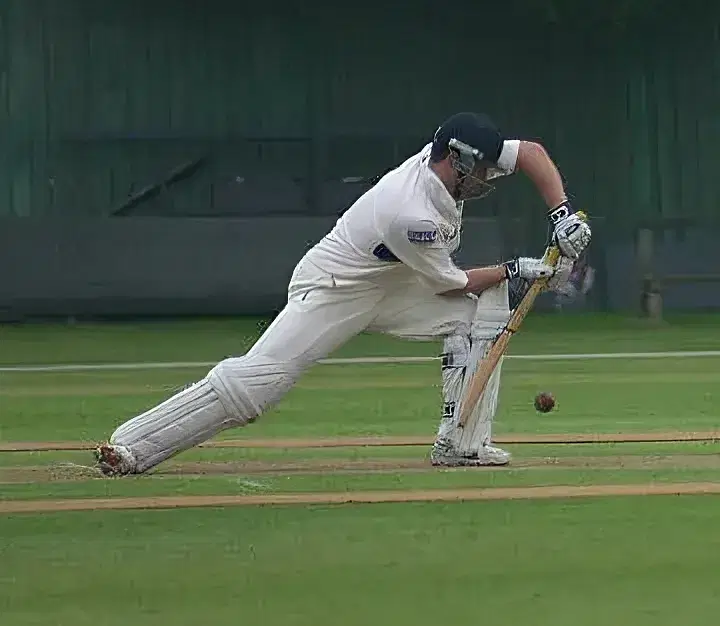
The forward defence guards the stumps, and the batter’s body positioning is crucial to its success. Moving forward, weight firmly planted, the batter uses a full bat face to meet the ball. An unwavering gaze on the ball’s path ensures compactness and stability.
The leave is another essential aspect of defence, where not playing a shot becomes as important as executing one. By gauging line and length, batters can let deliveries harmlessly pass, preserving energy and focus. Mastery over leaving instils discipline and mitigates impulsive errors.
Amidst mounting pressure, adopting the backfoot defence helps negate short-pitched balls. Positioning becomes vital; a quick diagonal step back followed by a deft touch absorbs and diffuses aggressive intents from bowlers.
Attacking Shots in Cricket: How to Score Big Runs
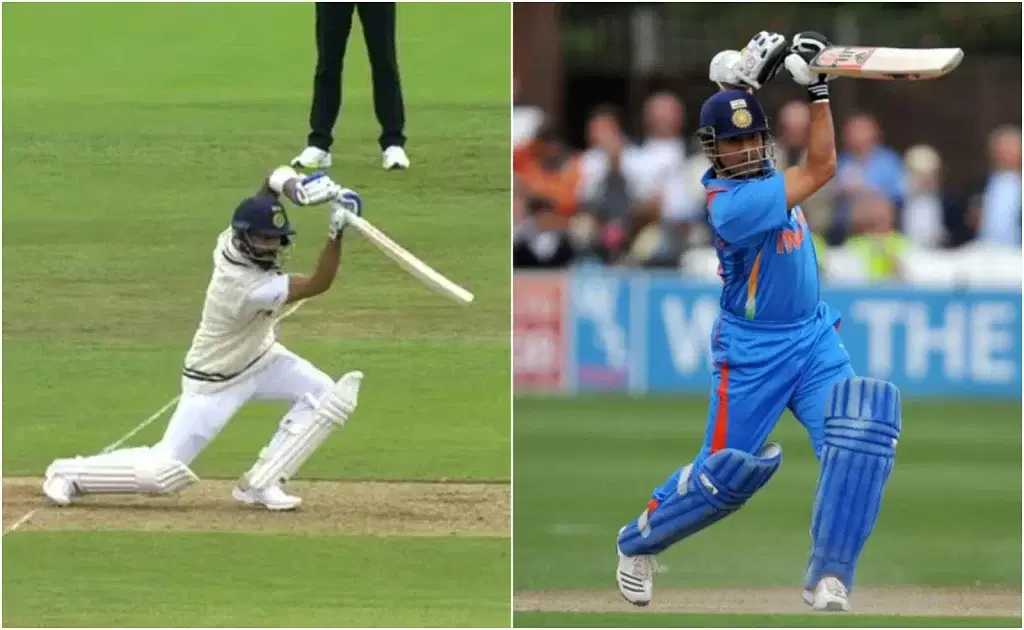
Attacking shots define the spectacle of cricket, bridging skill with aggression. They allow batters to dictate terms and accumulate substantial runs.
The lofted drive emerges in scenarios demanding quick runs or against a spread-out field, with the batter aiming to clear the infield. This shot requires impeccable judgement of loft, bat angle, and follow-through, delivering a high-risk, high-reward scenario ideal for boundary conversions.
Equally thrilling is the square cut against wide, short-pitched deliveries. The batter’s back-and-across movement and a horizontal bat swing cut the ball ferociously past the point. This stroke transforms defensive intentions into a fluid manifestation of power and placement.
Batters facing slower bowing often turn to the sweep shot, expertly manoeuvring deliveries into gaps with precision. It demands profound control over body posture and bat flow to target unprotected regions and shift momentum.
Situational awareness and shot selection are pivotal. Knowing when to seize the opportunity to attack and the corresponding risk radar distinguishes extraordinary batters from the ordinary. Thus, attacking shots speak to technique and strategic insight, as players mesh instinct with intent.
Also Read: How to Hold a Cricket Bat for Powerful and Accurate Shots?
Unorthodox Shots in Modern Cricket: Innovation in Play
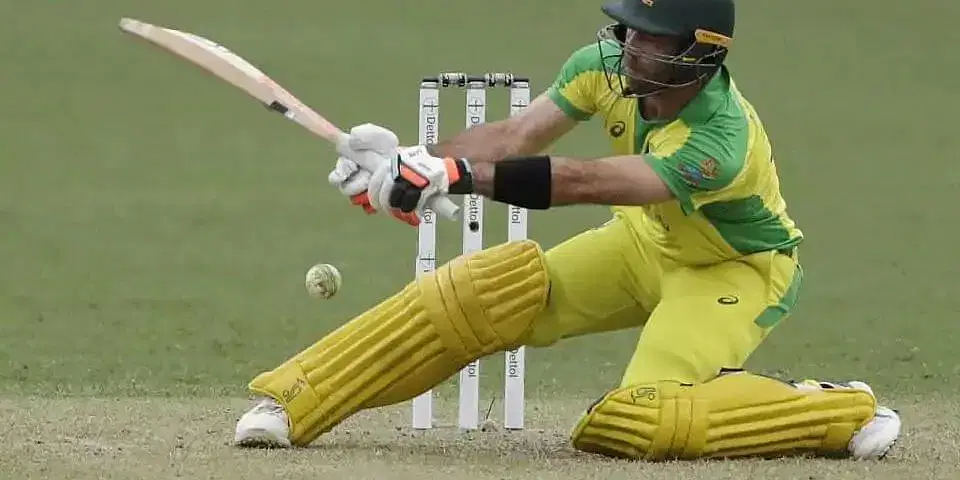
1. Switch-Hit
Batters surprise fans and bowlers by switching stance mid-delivery. This disruptive play demands remarkable dexterity and destabilises preconceived field settings, forcing bowlers to rethink trajectories.
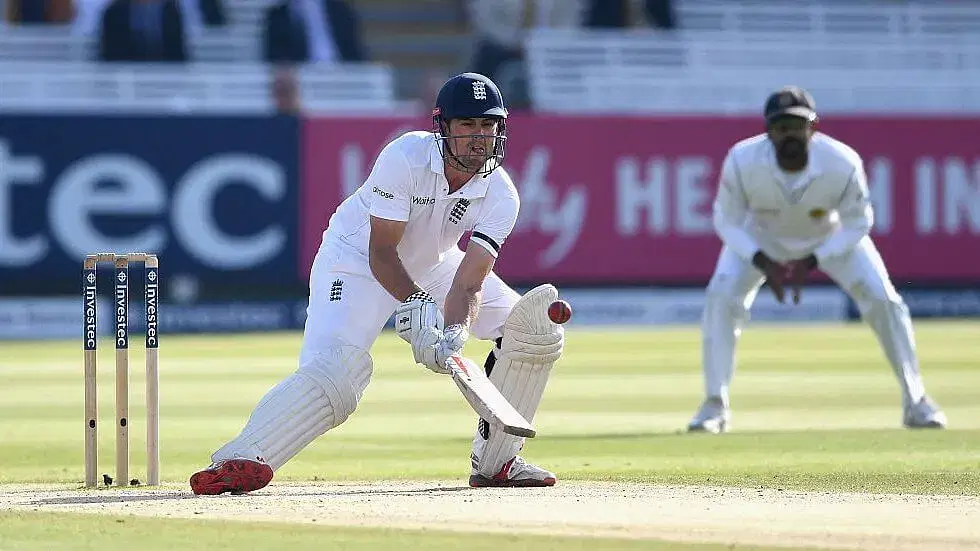
2. The Ramp Shot
Executed by crouching and deflecting fast deliveries overhead, this audacious method expands the scoring horizon into the third-man region. It marries precision with reflexive ingenuity, offering runs in unexpected corners.
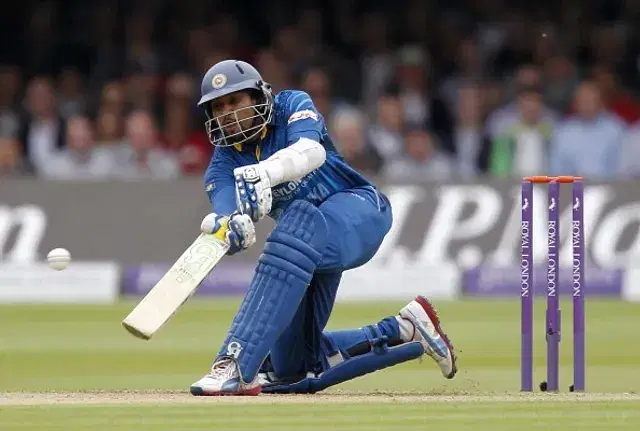
3. The Dilscoop
Named after TM Dilshan, it involves flicking fast-paced balls over the keeper’s head. Victory lies in timing and vision, and the Dilscoop is an effective tool at the death when fielders converge behind the batter.
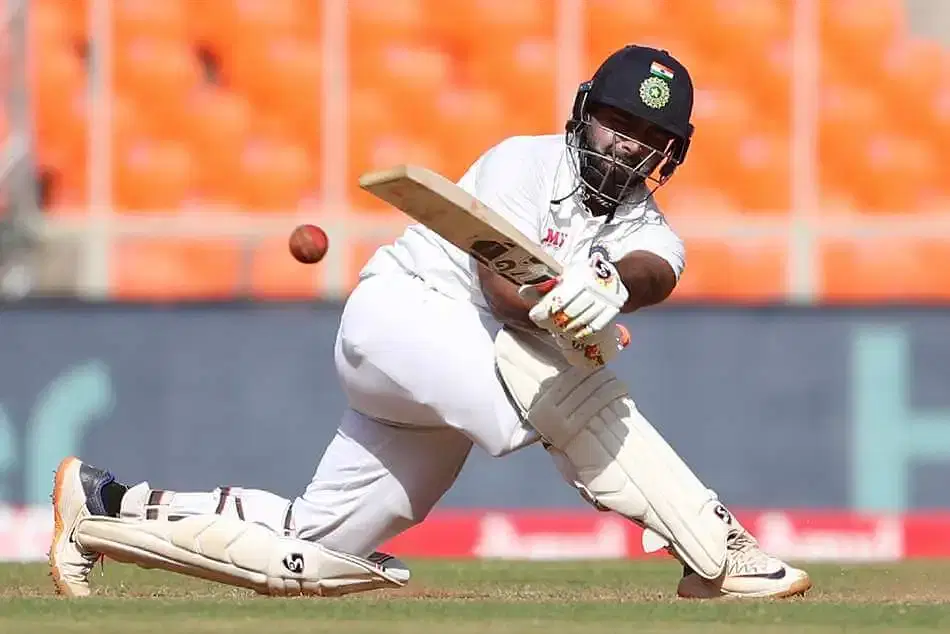
4. The Reverse Sweep
The batter reverses the bat position to catch fielders unaware. Shifting field configurations and on-the-spot footwork remain valuable assets against predictable spin attacks.
Sweeps and Reverse Sweeps: When to Deploy These Shots
In cricket batting, the sweep shot and its counterpart, the reverse sweep, have carved niches against spin bowling. Their deployment hinges on precise conditions and opportunities, adding depth to a batter’s strategic planning.
Sweeps counteract spin and low bounce, and they are meant for deliveries aimed at or outside the leg stump. Falling to one knee, the batter rotates wrists and maintains low balance, guiding the ball toward square leg, targeting gaps in heavily leg-side bias setups.
The reverse sweep emerges when fielders are set heavy on the conventional sweep’s side, offering a chance to utilise fewer fielders on the offside. Shifting hand grips, the batter changes trajectory with definitive promptness, directing the ball past cover.
Timing these sweeps is crucial, as it means staying on time and risking top edges or mistimed placements, which could thwart calculated efforts.
Tactical application leverages field positioning and bowler tendencies, calculated endurance born of experience charting calculated victory paths.
Pull, Hook, and Cut Shots: Mastering Cross-Batted Shots
Positioned in cricket’s revered shot stratosphere, the pull, hook, and cut shots invite innovation blended with technical aptitude.
The pull shot commands respect for its capacity to convert short, sometimes aggressive-length deliveries via a horizontal bat arc toward midwicket or square leg.
Success requires acute attention to bounce prediction and reflex harmony, fending off intended intimidations.
Similarly, the hook targets short balls aimed at the chest or head. The batter commands the ball toward fine leg by rolling wrists and mirroring velocity with quick foot pivots. Tactical bravery fashions vulnerability perception into self-assured progression, inviting inevitable drama amidst thrilling spectacles.
Conversely, against short and comprehensive offerings, the cut shot leverages the lateral bat swing, redirecting through the point. Archiving a blend of quick reflexes and crafted finesse, it delivers boundary-scoring grace, trumping pressure through quicksilver delivery responses.
Also Read: How to Swing a Cricket Ball Like a Pro: Step-by-Step Guide
The Importance of Timing in Cricket Shots
Timing orchestrates the cricket symphony, harmonising precise impulses and tactile reactions into seamless strokes. The essence of timing beats raw power, emphasising rhythm and placement over brute force to attack or elegantly defend.
Drawing parallels with a conductor composing melodies, timing crystalises around collectively responding to bounce height, pace, and angle. It manifests as aligning the bat’s impact with optimum ball trajectory, maximising energy transfer for placement mastery.
A batter’s task emerges as observing bowler nuances, channelling experience into quicksilver reflexes calibrated under pressure. Recognising when to strike with assertiveness and when to control impacts score dynamics, booms galleries, and anticipates field shifts.
Indeed, intrinsic recognition of timing harmonises batters’ evolutionary arcs with match tempo, resonating with personal command achieved through tireless repetition and intuitive spontaneity.
Tips for Perfecting Your Cricket Shots
- Feet First: Anchor each shot through solid footwork, positioning confidently toward the ball—advancing to drives or retreating against bouncers.
- Balance and Poise: Achieving the right body balance amplifies energy transfer during contact, ensuring minimum drag and maximum shot quality.
- Focus on Technique: Break each stroke into components, refining elements like hand grip, body posture, and angle adjustments during practice sessions.
- Adaptability: Study field configurations and bowlers’ strategies, adapting shot selection and execution techniques to align with match situations.
- Mental Fortitude: Cultivate resilience and focus, channel composure amidst pressure, and sync decision-making dynamics with calculated risk narratives.
Frequently Asked Questions (FAQs)
Cricket encompasses a variety of shots, each tailored to specific deliveries. Classic shots include front-foot drives, back-foot punches, defensive blocks, and attacking strokes like hooks and cuts. Mastery of these cricket batting techniques ensures versatile adaptability against varying bowling styles.
Perfecting defensive shots requires focusing on technique and timing. Begin by anchoring your stance, ensuring balanced footwork and a straight bat. Practice frequently, emphasising soft hands to deaden the ball. Adapt timing to match the bowler’s pace, ensuring positioning remains compact and controlled.
Front foot shots in cricket engage a forward stride, ideal for addressing fuller deliveries. These strokes emphasise weight transfer and precision. Conversely, backfoot shots necessitate stepping back, suited for short-pitched balls, leveraging reaction speed and visual assessment for effective execution.
Attacking shots like the cover drive, square cut, and pull are prime candidates for boundary hits. Each of these iconic cricket shots emphasises power and placement.
To enhance timing, practice shots repetitively, focusing on hand-eye coordination. Analyse bowler patterns and adjust to their pace variations. Utilise cricket shot timing tips like watching the ball closely into the bat and maintaining body balance.
Star it if you find it helpful.
